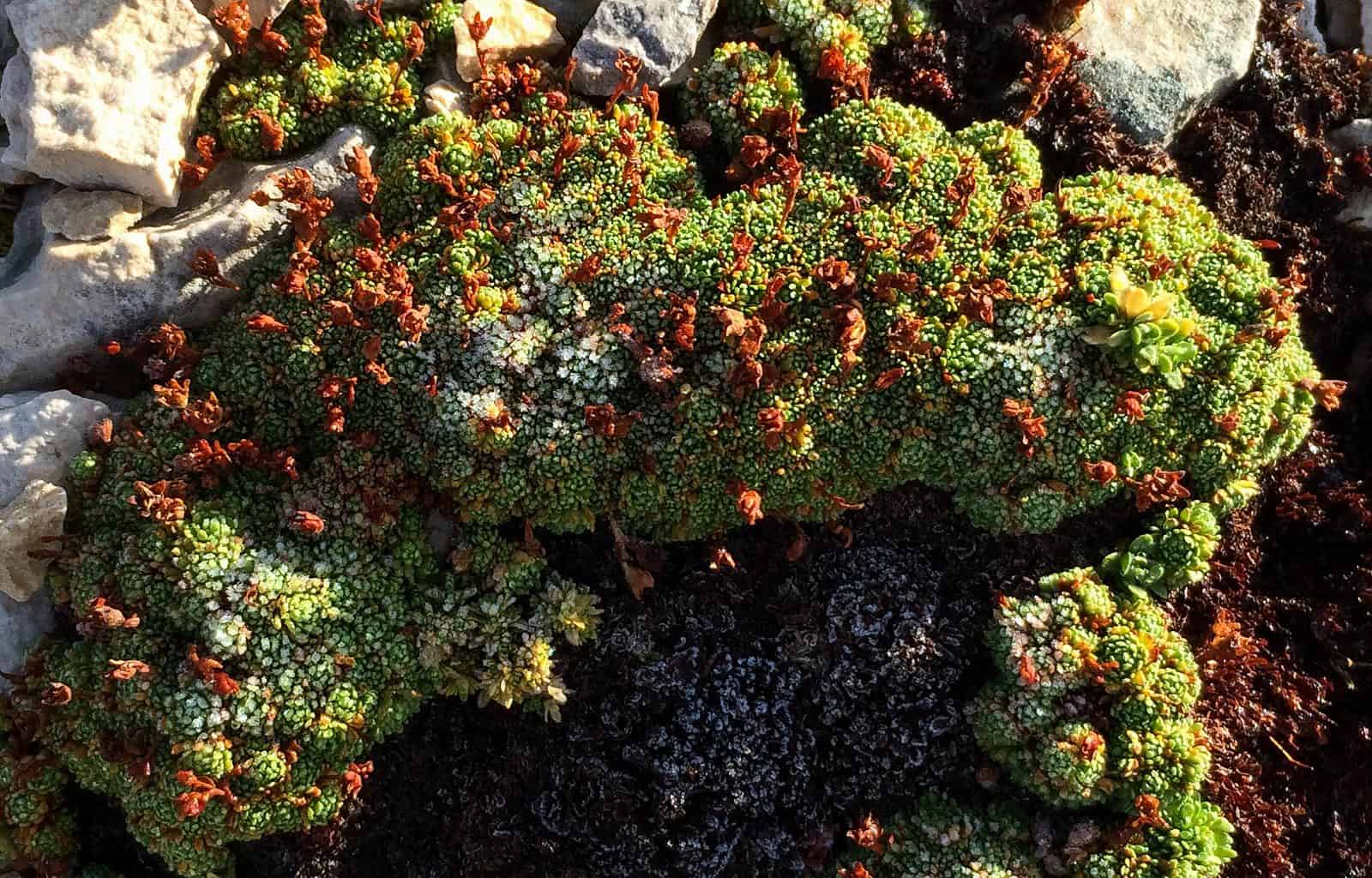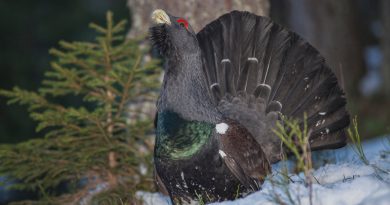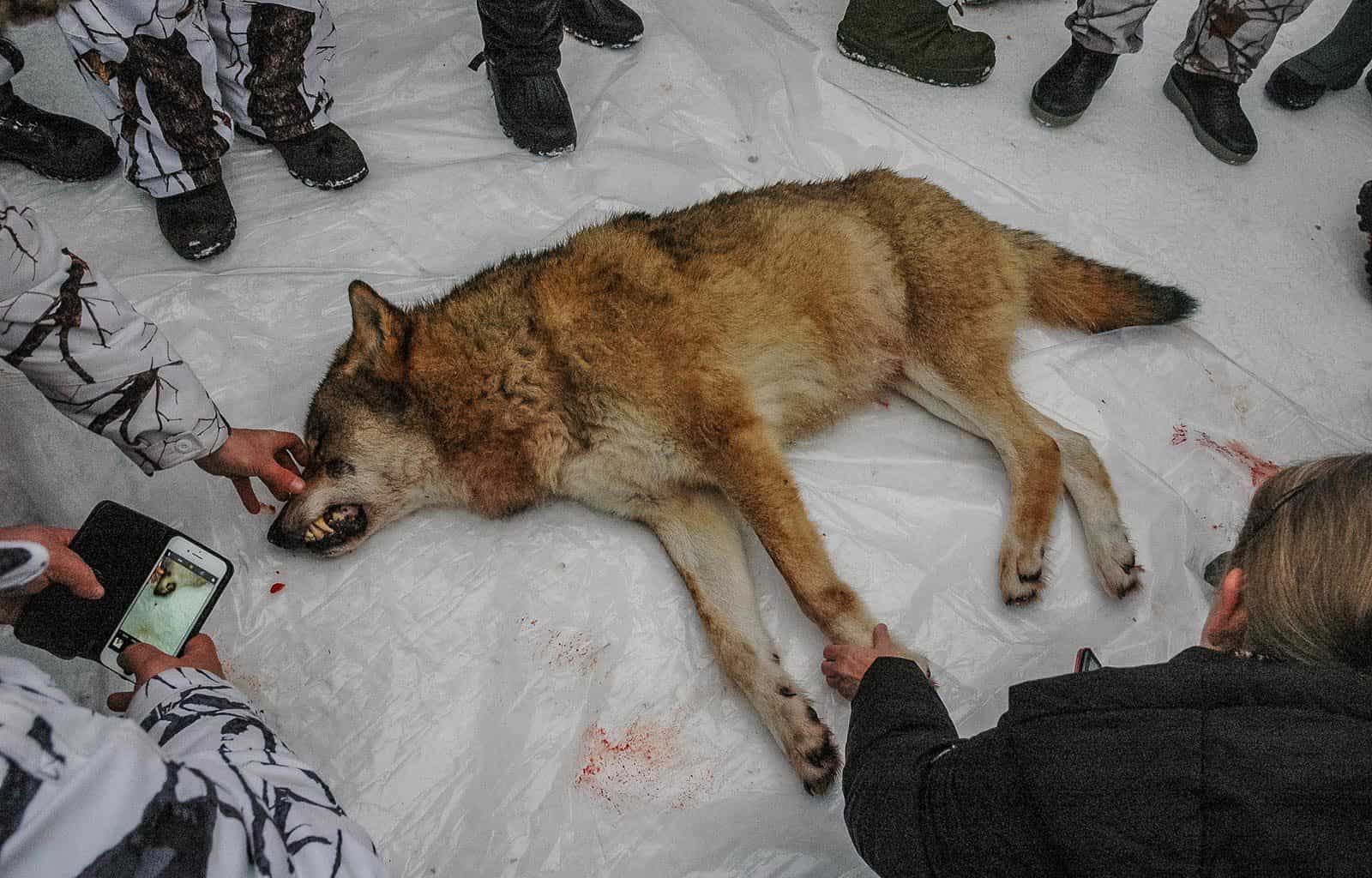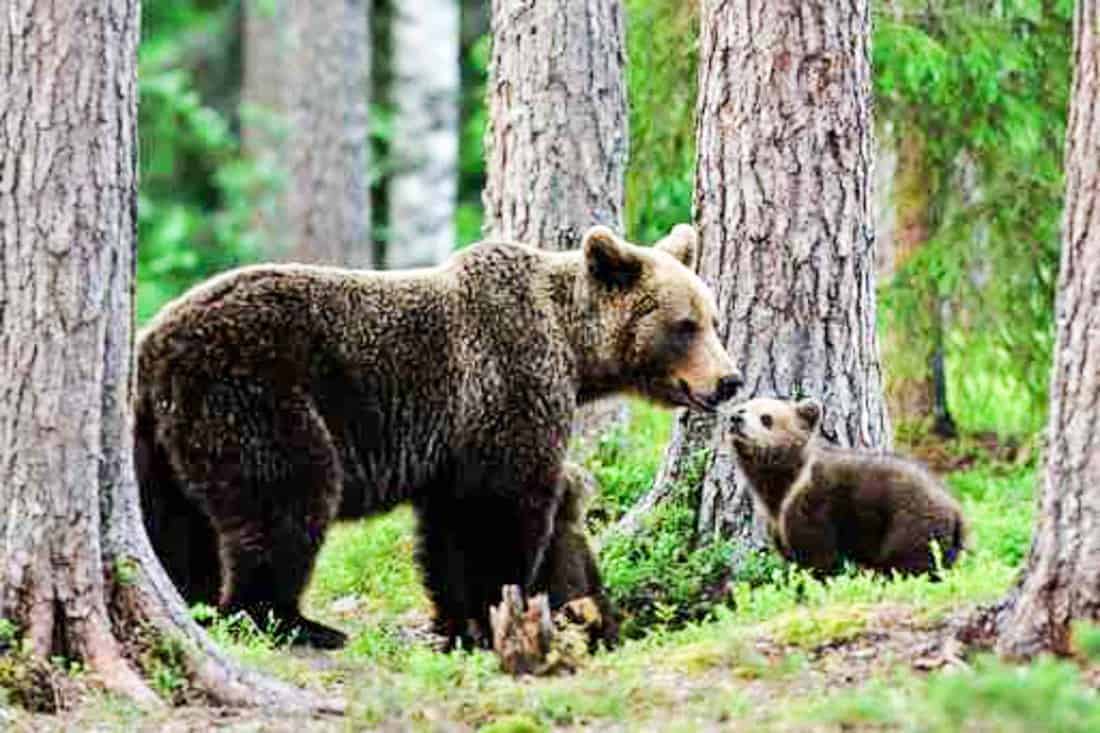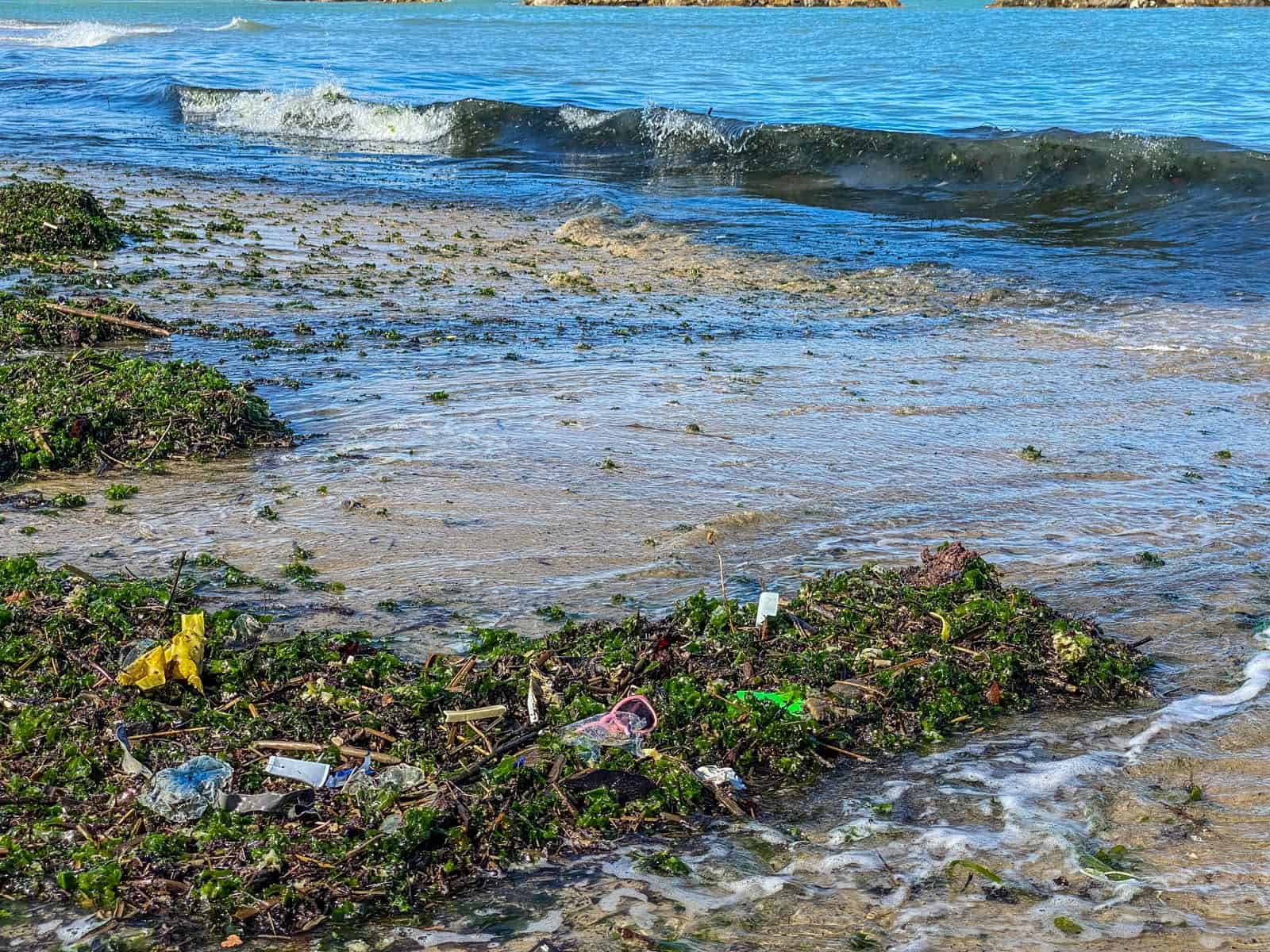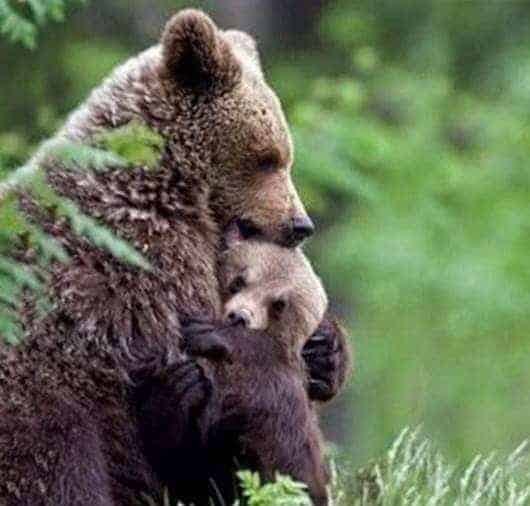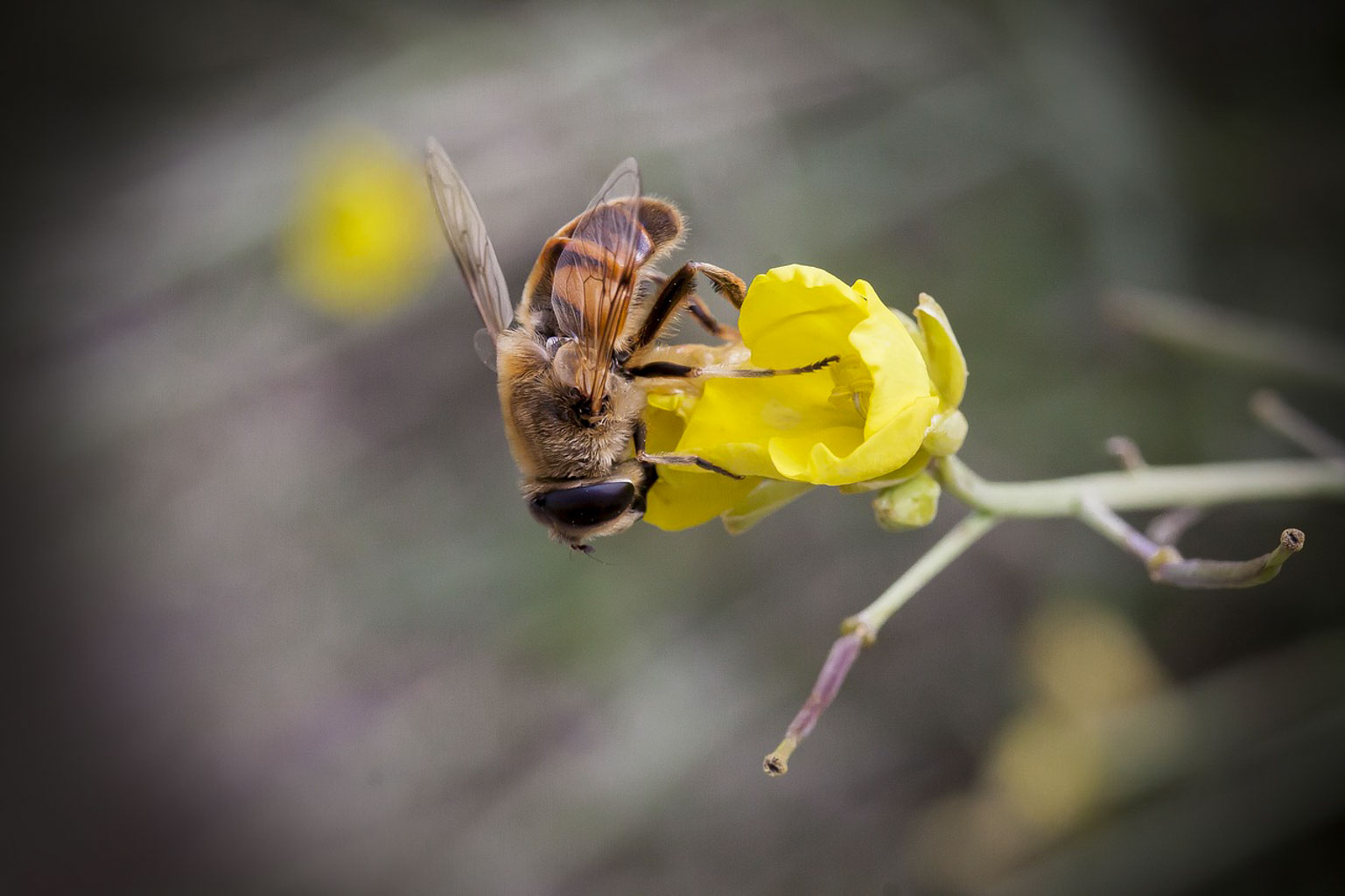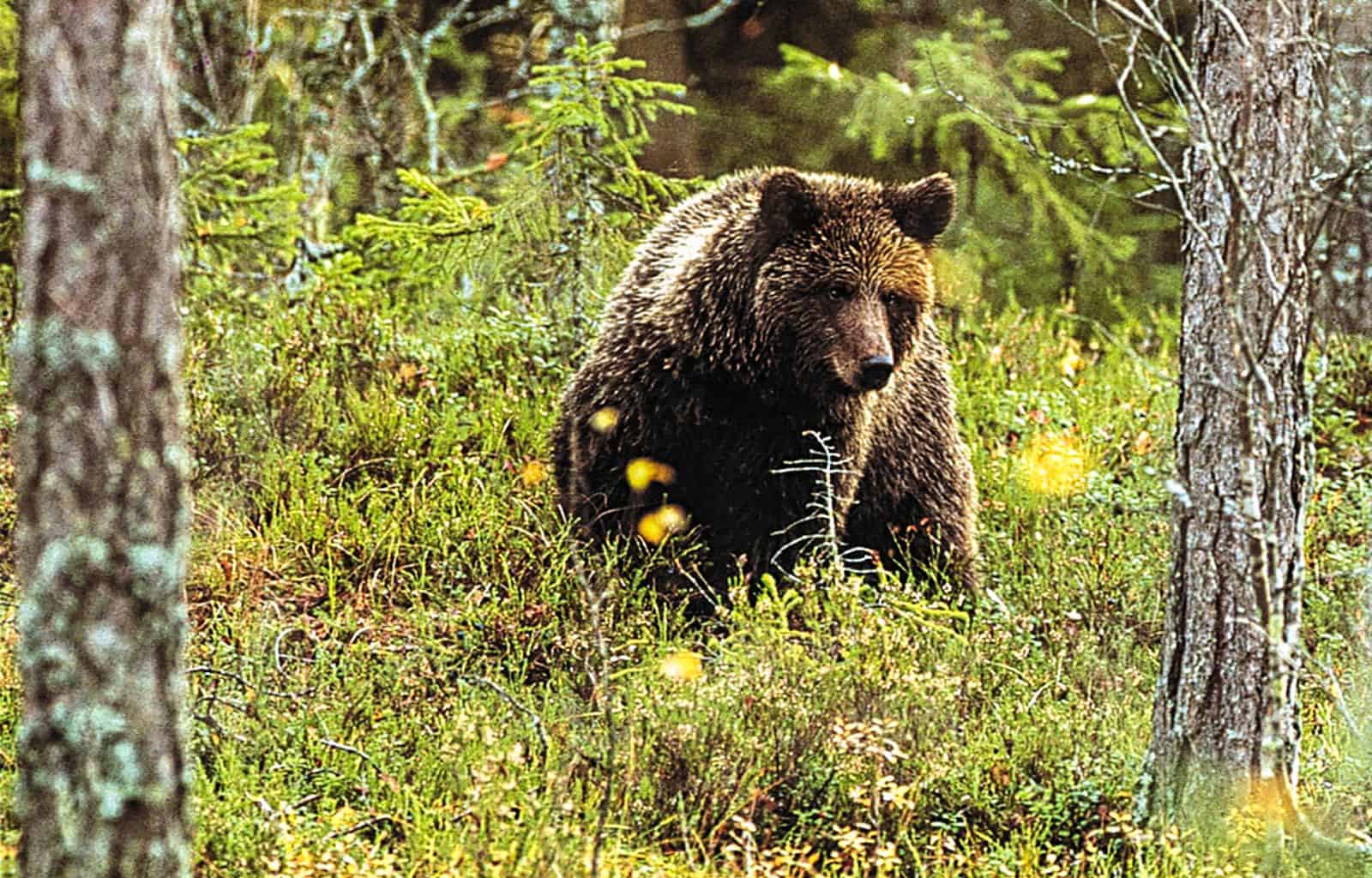Parnassius Apollo has a long history
Parnassius apollo belongs to a group of butterflies, which were present in Europe since a very long time ago. We need to take a look into the past if we want to get to know the roots of this beautiful species. We would have to travel back to the time period called the Neogene.
The Neogene is a geological period, which informally is divided into either the Upper Tertiary or Late Tertiary. This period lasted from 20.45 to 2.58 million years ago, to the beginning of the present Quaternary Period. The Quaternary Period spans from the Neogene to today.
Glacial periods, interglacial periods and diversity of life
During the long period of the Neogene, the land was heavily glaciated. Glaciers appeared and retreated several times. Those periods when glaciers retreated are known as interglacial episodes.
These periods of warm climate, provided an opportunity for the animal and plant life to develop, to later be swept away by the glacier and then develop again and again. This process heavily impacted butterflies, including Parnassius apollo.
Research revealed that during these long periods of interglacial episodes, despite the fact that all life was swept out by huge glaciers, it repeatedly revived. This created remarkable diversity again and again. The result of this process was the enormous diversification of life.
For example, Parnassius apollo developed into more than 200 identified subspecies, which mainly inhabit grassland environments in the lowland and mountainous areas throughout Europe.
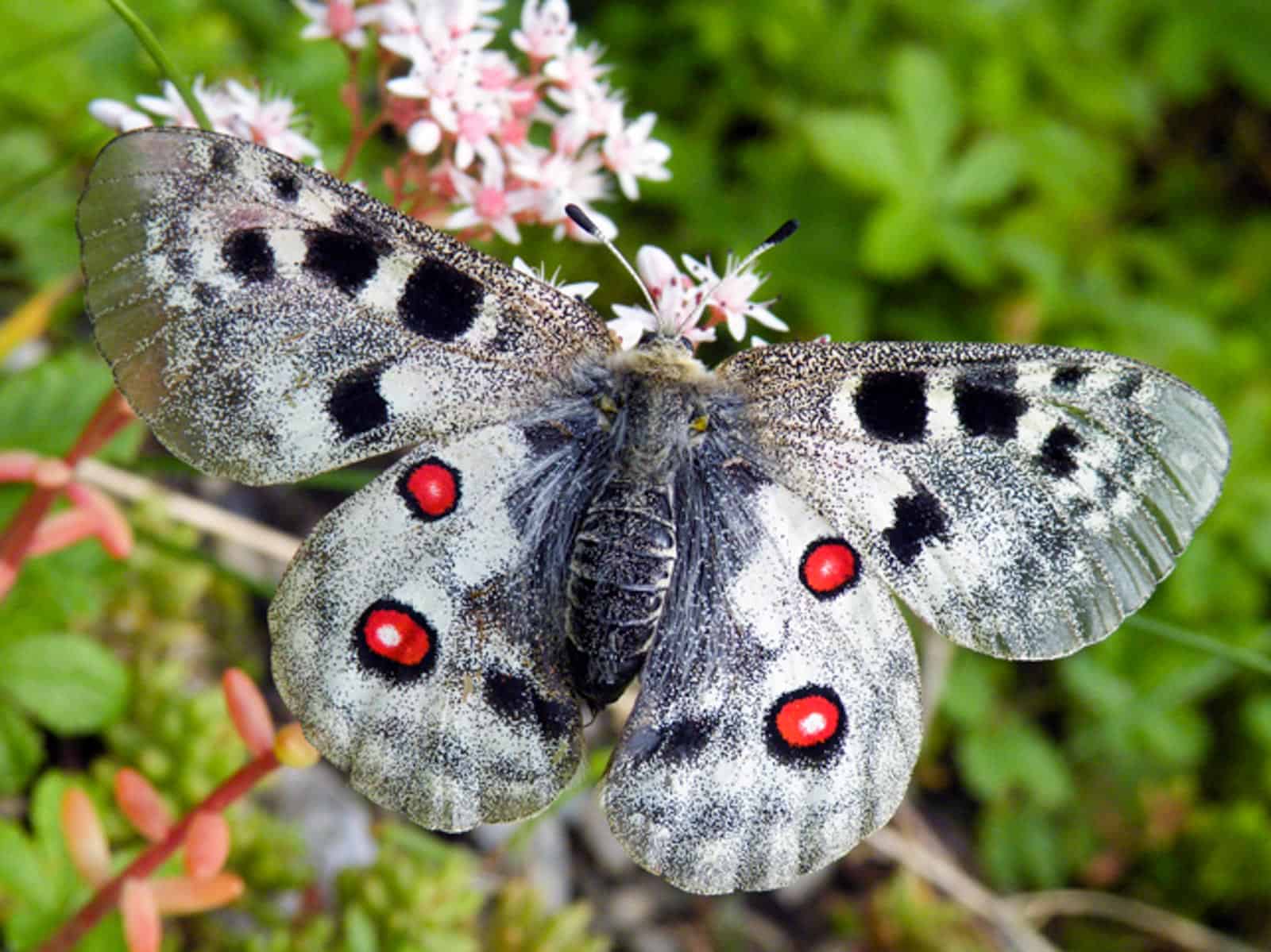
Parnassius apollo trophic preferences
Food is a vitally important precondition for the favourable status of Parnassius species. According to trophic preferences, two main groups of Parnassius developed. One group that prefers Sedum telephium, and another that feeds mainly on Sedum album. Sedum is a large genus of flowering perennial plants. Sedum species are herbs and have fleshy leaves and stems, which store water very well. This group of plants contains up to 400–500 species. Even today, Sedum provides food to many species of butterflies, including Parnassius species.
For the protection of the individual species or the entire Parnassius genus of butterflies, it is important to know what their key habitats and food needs are. This knowledge could help us identify what kind of ecosystems and biomes have been removed due to human activity and why food is not available for these butterfly species. In the following steps, activities during the restoration process should focus on recovering these extinct biomes.

